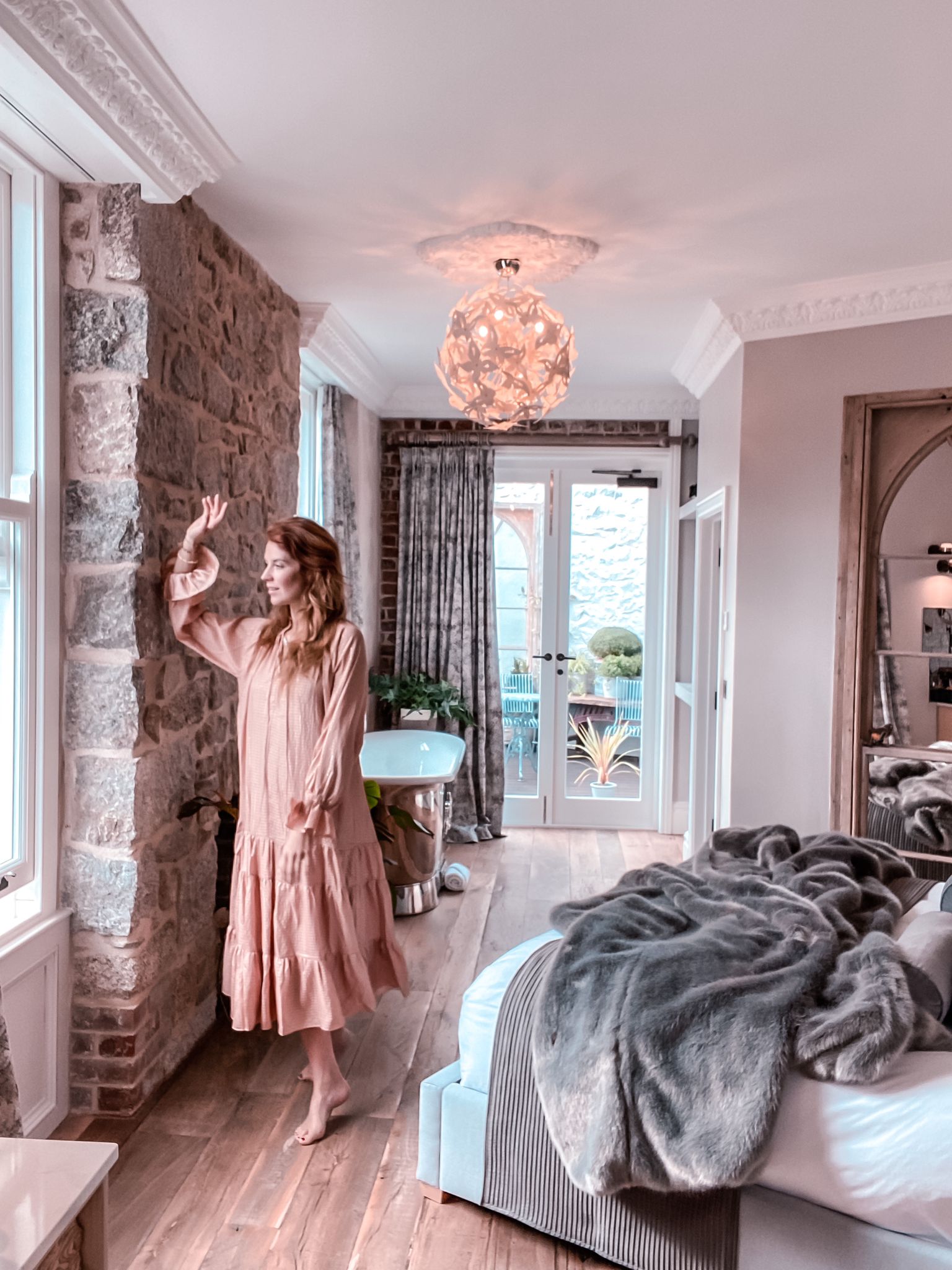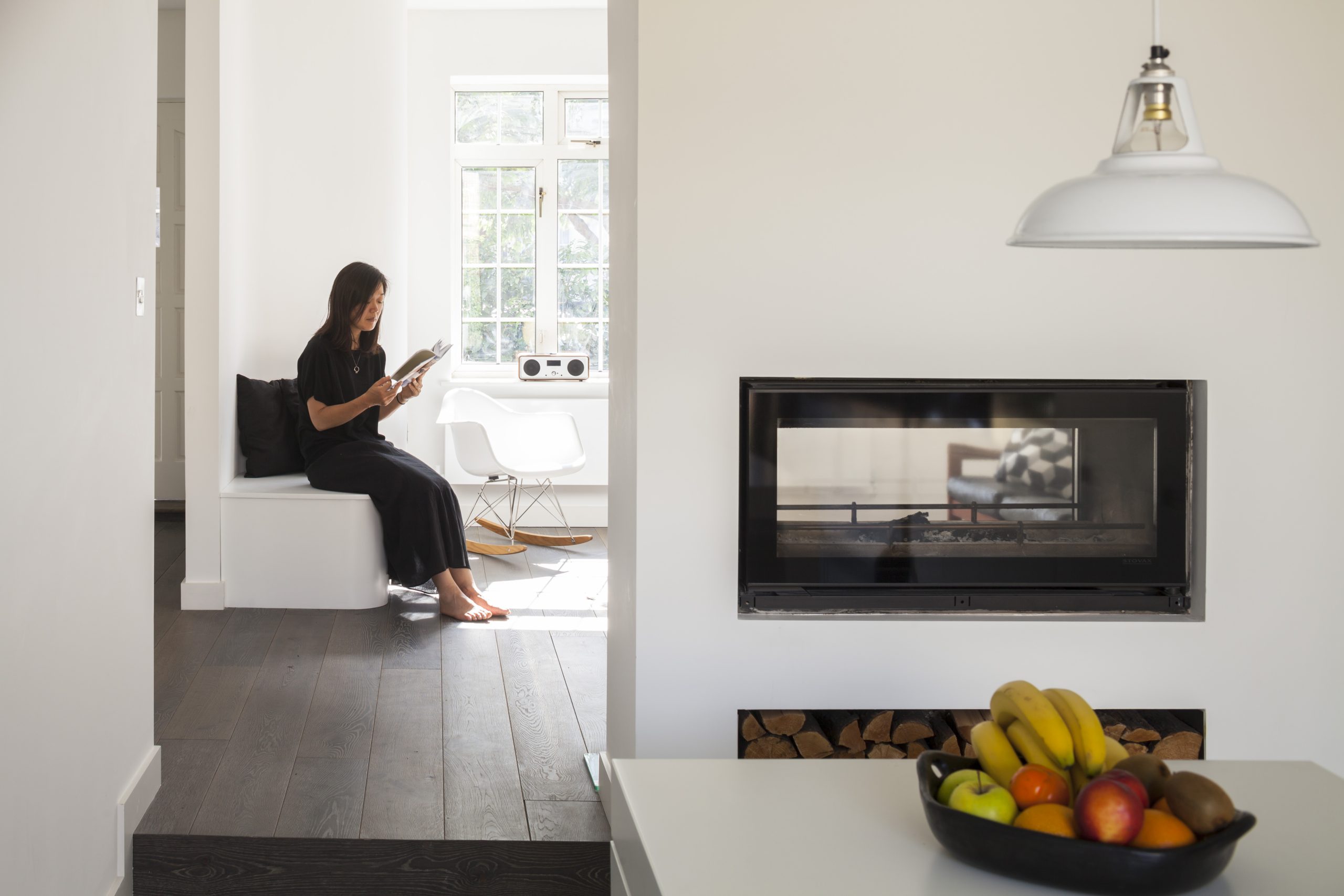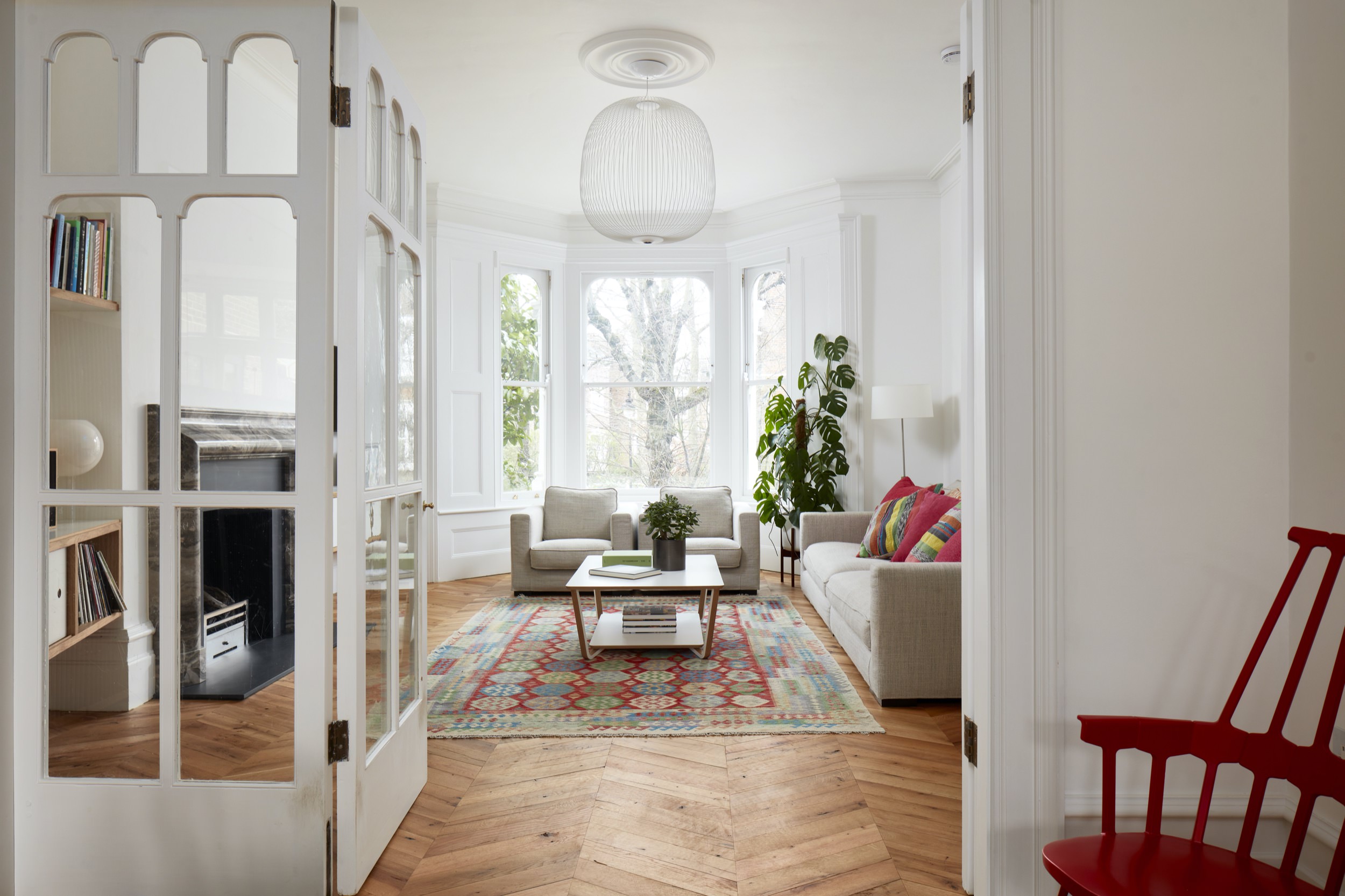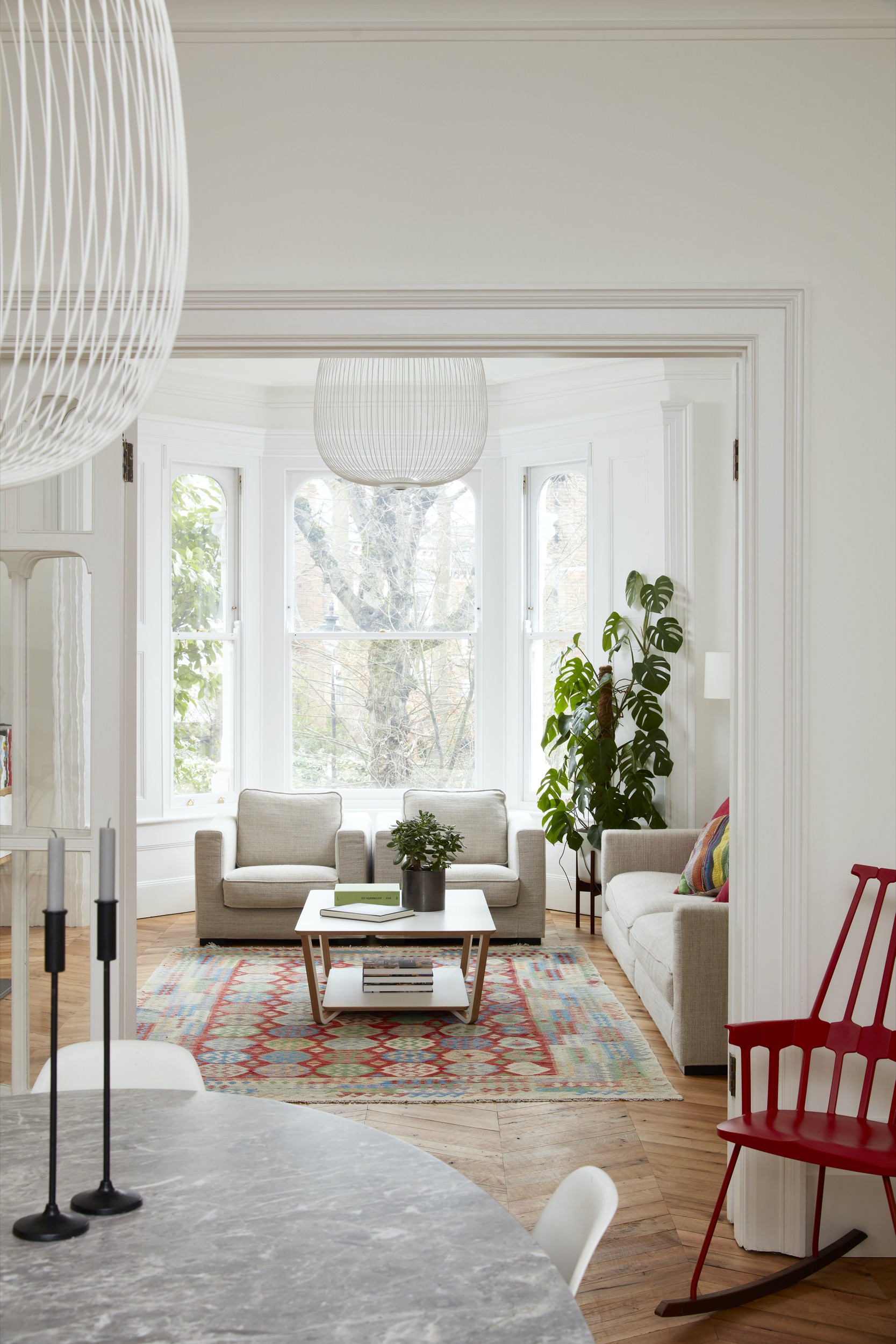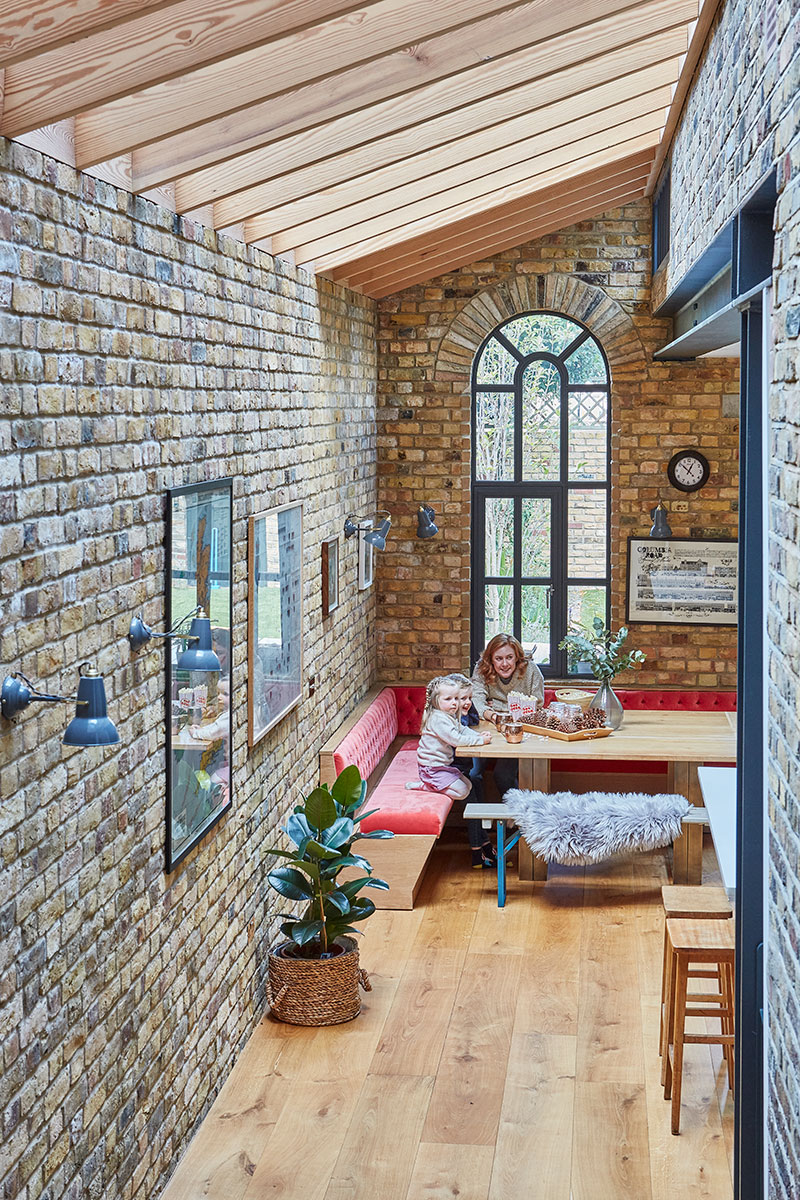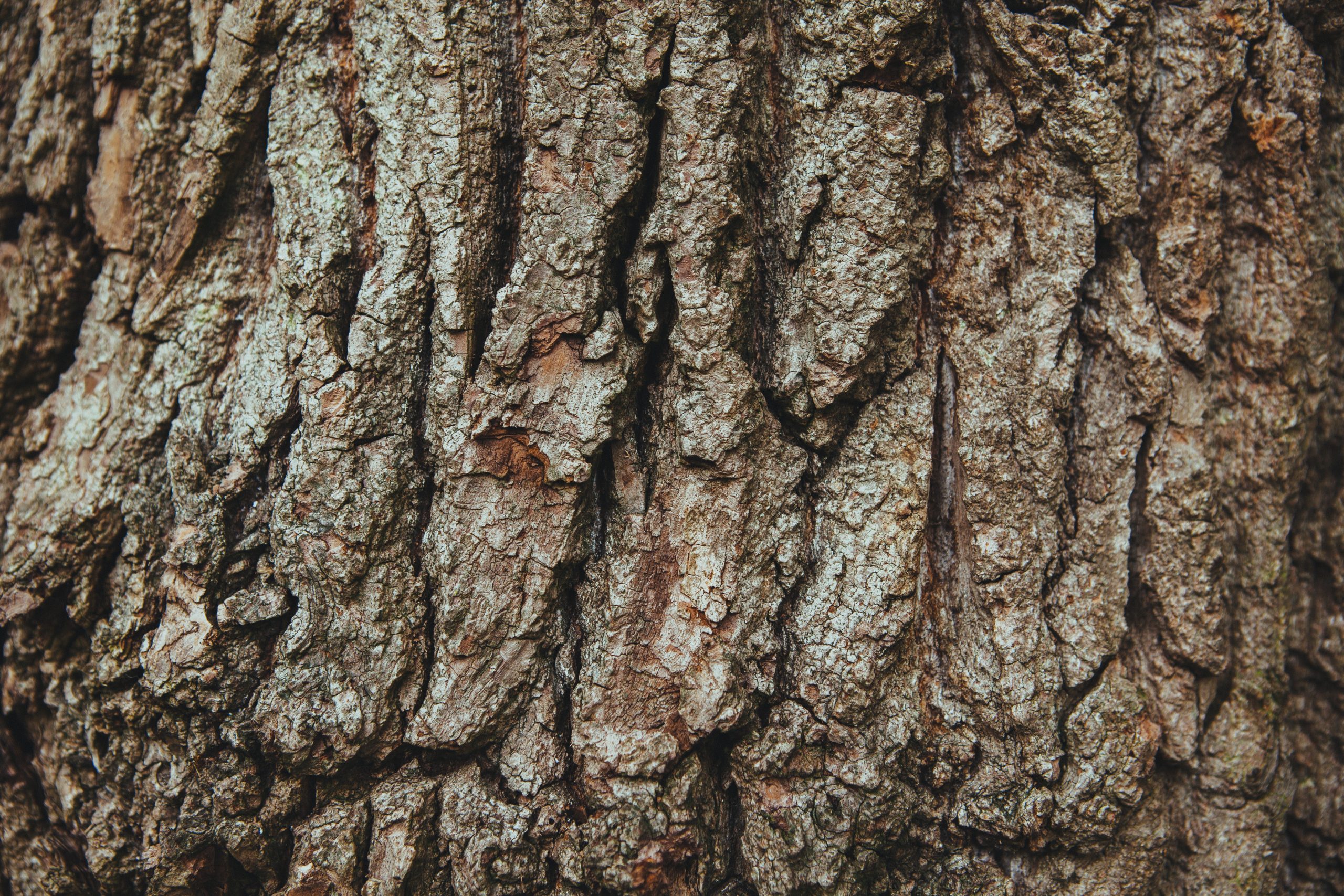
Why touching wood is more than just good luck
From the day we are born, we make connections through touch, and that touch helps us make sense of the world around us.
As we grow, we are told to keep our hands to ourselves, are discouraged from leaving handprints on surfaces, and spend more time in a built environment.
Despite these changes to how we inhabit our spaces, this innate desire to touch never leaves us.
This is part of the reason that we bring wood into our homes.
So much about wood invites touch – its warmth, the depths and swirls of its grain, the rich colours and the almost imperceptible draw of biophilia.
Nature and natural materials draw people towards them; it invites us in and envelops us in a calm, evoking a peaceful state of mind.
Sensory architects have long been aware of this draw, and they can create breathtaking spaces that use natural materials and lines that mimic those found in nature to make the most of, and encourage, the human urge to reach out and touch.
Kick off your shoes
This desire to touch remains and strengthens when the room is fitted with wood flooring.
It encourages us to slip off our shoes and let our bare feet feel where they are.
Exploring surroundings through feeling with our feet, not just our hands, is an innate desire.
Just like we were driven to touch as babies, as tiny humans, we would have used whichever limb was closest to an object to explore it; it’s only as we grow older that we stop using our feet this way.
In giving our bodies permission to explore, we create new awareness and consciousness of our space.
The benefits of grounding
When we stand on a surface with bare feet, we absorb energy from our surroundings through the soles of our feet. This is why walking barefoot and the ancient spiritual practice of grounding is as good for us spiritually as physically.
The physical benefits of standing and walking with our bare skin in contact with the ground or our floors are seen through the strengthening and straightening of our spines, improved balance and deepened bodily awareness. Still, the spiritual connection to the ground and our environment is about energy exchange.
Through the soles of our feet, we absorb matter, chi and antioxidant ions.
It’s no surprise then that when our feet are in contact with warm, smooth, old wood floors, feelings of wellness and nourishment spread through our bodies from our feet.
More than a feeling
In the same way, we can walk into a room and sense that something feels off; some environments also feel right.
This is usually attributed to the materials the space is made up of. Spaces built from wood and stone which are flooded with light and greenery and others will appeal to us on a deep level simply because they remind us of how we were intended to live – surrounded by nature.
This is a basic form of biophilia in the built environment.
Bringing nature in makes people feel well.
While our lives do not always allow us to be immersed in nature all the time, our homes and our built environments can bring the natural world closer to where we spend most of our time and improve our sense of well-being.
Surfaces which don’t just allow us to touch them but which invite and encourage us to do so improve our connection to our environments.
In this digital age, following periods of prolonged isolation, every opportunity to feel connected should be taken. It is how humans were built to live – in connection with each other and the world around us.
Conclusion
Our increasing awareness of our surroundings’ effect on our well-being means we are increasingly leaning towards designs built around natural materials.
When sustainable sourced, these materials are as good for us as they are for the planet. We seek connection through touch, and by filling our spaces with warm, tactile surfaces, we can break away from societally constructed ways of habitation and begin to reconnect to our surroundings in a more natural and intuitive way.

